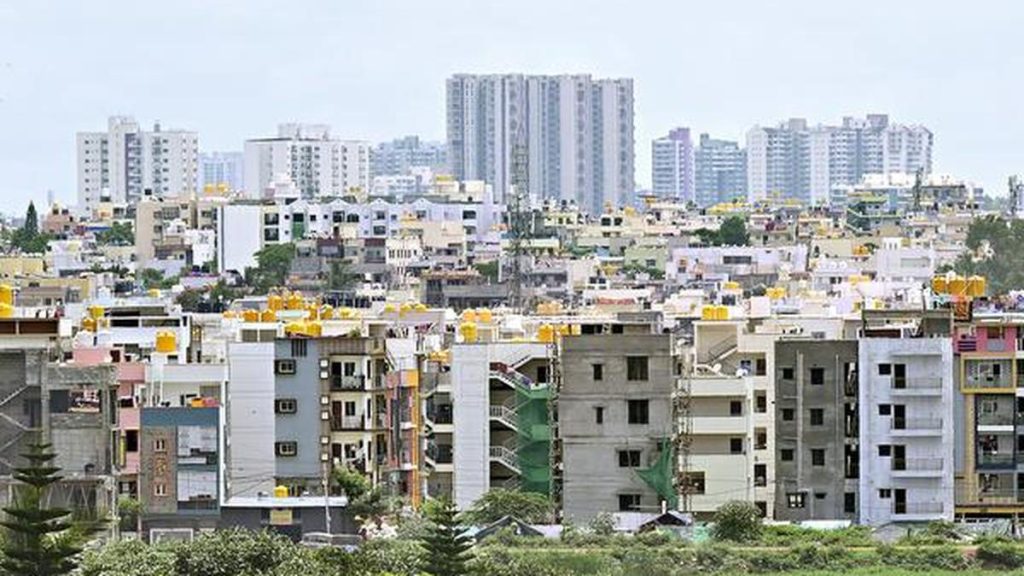Now Reading: Stitching Struggles: The Lives of Bengaluru’s Garment Workers
-
01
Stitching Struggles: The Lives of Bengaluru’s Garment Workers
Stitching Struggles: The Lives of Bengaluru’s Garment Workers
Speedy Summary
- Event: Exhibition titled “Stitching Lives: Garment Work and Activism in Bengaluru” held at Karnataka Chitrakala Parishath (August 30-31, 2025).
- Focus: Highlights two decades of organizing and unionizing efforts among Bengaluru’s garment workers, emphasizing the contributions of women workers within the industry.
- Objective: Challenges the IT-centric narrative of Bengaluru and advocates for worker dignity and rights.
- Exhibition Content: Curated from archives of garment and Textile Workers Union (GATWU) and Garment Mahila Karmikara munnade. Documents histories often invisible in mainstream discussions about the city.
- Quotes/Insights:
– Naveen Kumar (garment worker): Urges attention to raising minimum wages for garment workers.
– Prathibha R. (GATWU collaborator): Calls for amplifying voices of garment workers to advocate with authorities amid focus on IT sectors.
– Swathi Shivanand (curator): Showcases intersectionality between gender roles and labor experiences over a 20-year timeline.
– K.R. Jayaram (advisor, GATWU): Points out wage reforms-from ₹71/day in 2001 to ₹252/day by 2014-and current disparities where average daily wages remain lower compared to other sectors’ ₹675/day standard. Migrant workers now constitute over a quarter of the workforce.
- Supporters: India Foundation for the Arts under its Project 560 program, supported by BNP Paribas India.
Indian Opinion Analysis
The “Stitching Lives” exhibition serves as both an archive and advocacy tool,illuminating marginalized narratives within Bengaluru’s booming economy-a city often celebrated solely for its IT prowess. By chronicling two decades of organizing efforts among garment-sector employees-predominantly women-the event contributes toward broadening how industries outside tech are valued for their economic importance.
The discussions around wage disparity highlight systemic inequalities persisting despite years of activism, particularly when compared against better-compensated employment streams in Karnataka. The inclusion of migrant labor dynamics underscores additional complexities within workforce composition that demand further examination into fair policies.
This initiative may help create renewed focus toward addressing compensation gaps while fostering dialog about making policy frameworks more inclusive across all industries-especially pivotal given Bengaluru’s image as a metropolitan hub shaping India’s economic present.






















